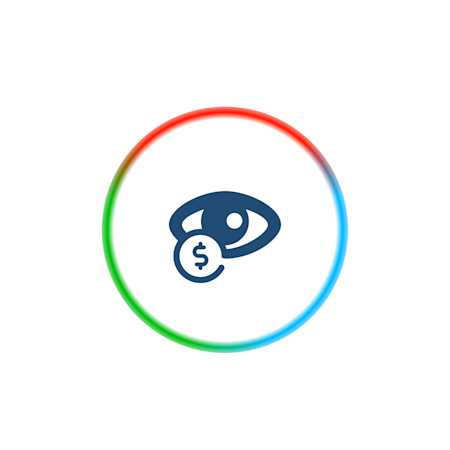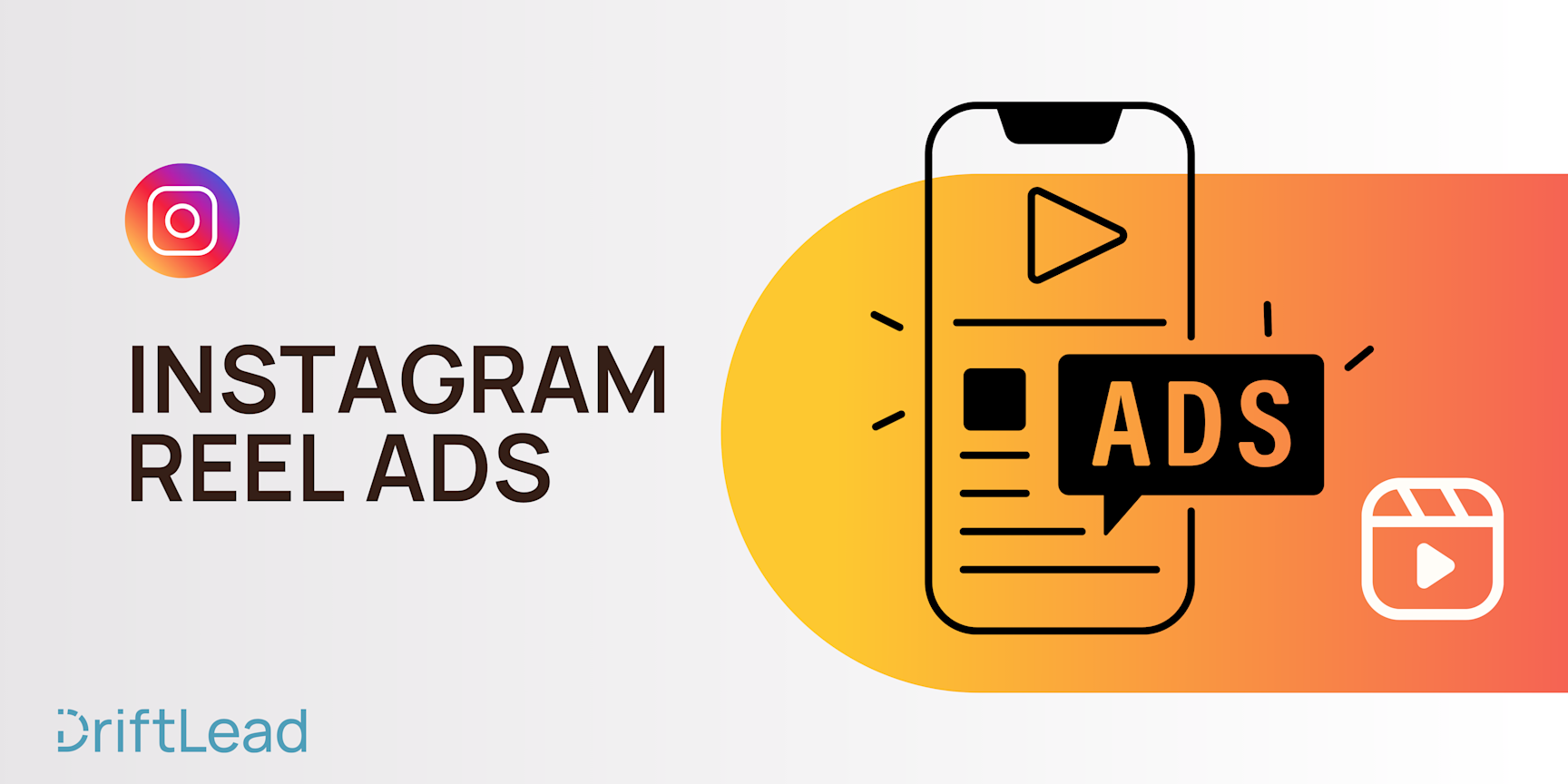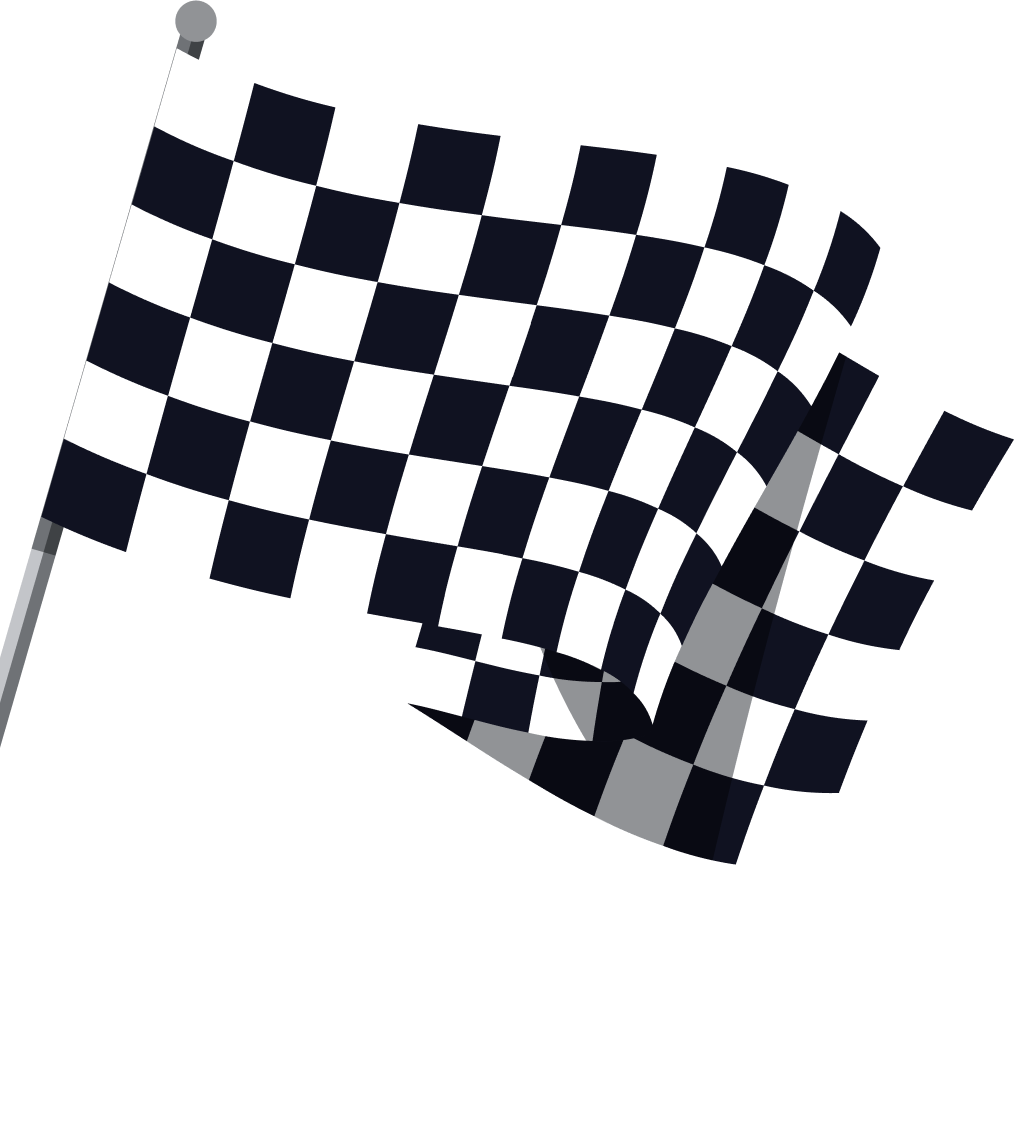Demystifying Google View-Through Conversions
28 Sep, 2023
What are Google view-through conversions, how they can benefit your campaign, and how to set them up?

Jump to:
#ppc
#advertising
Hop on our weekly newsletter train! We're sharing tips so stellar, we're practically job-threatening ourselves!
Whether you're a digital marketing novice or a wizard, you know that data is king. Ever had that uncanny feeling where you saw an ad about the latest tech gadget or a trending book, didn't click on it, but later found yourself purchasing it? That's the silent magic of view-through conversions at play. While last-click conversions get most of the spotlight, taking center stage with their breadcrumb trails and immediate results, view-through conversions are the unsung heroes working behind the curtains, subtly influencing users along their buying journey.
Join us as we peel back the curtain on Google's view-through conversions and discuss how they work, why they're essential, and how they fit snugly into the bigger picture of your advertising endeavors.
What are View-Through Conversions?
You're scrolling through your favorite blog or watching a video on YouTube, and an ad for a brand-new pair of noise-canceling headphones pops up. You don't click on it, but the sleek design and the promise of drowning out the neighbor's barking dog does pique your interest. A few days later, you find yourself searching for those very headphones and making a purchase. You never clicked on the original ad, but it surely left an impression (pun intended 😉). That's when view-through conversions come into play.
A view-through conversion (VTC) happens when a user sees an ad (but doesn’t interact with it directly by clicking) and then later completes a conversion on your site. Instead of tracking direct interactions like clicks, VTCs give credit to the display or video ads that played a part in the user's journey, albeit indirectly.
View-through conversions give marketers a clearer, more holistic view of their advertising efforts. While the click-through conversions are the lead actors receiving applause for their on-stage performance, VTCs are the supporting cast, subtly yet significantly influencing the audience from the shadows. They help fill in the gaps, telling a more complete story of how users interact with and are influenced by ads, even if they don't click on them immediately.
Think of VTCs as the digital equivalent of window shopping. Just because a user didn't walk into the store right away doesn't mean the window display didn't influence their decision to return and buy later. In the same vein, VTCs capture the essence of ads that plant seeds in users' minds, leading to eventual conversions.
Why are View-Through Conversions Important?
Have you ever heard the old saying, "It's not all about being the loudest in the room?" 🗣️ Well, in the bustling digital marketplace, this rings especially true. Not every impactful moment screams for attention or results in an immediate click, this is especially true for more top-funnel channels, such as video and display. Often, it's the subtle nudges and quiet reminders that gently steer a user towards a decision. And that is exactly what View-Through Conversions (VTCs) help account for. But why exactly are they so crucial? Let's go over some ways that they can benefit your overall marketing efforts:
Understanding the Full Customer Journey: The digital buying process isn't always a straightforward path. While last click conversions capture the moments when users take direct action, VTCs shine a light on the unseen, indirect influences of your ads. By accounting for VTCs, advertisers get a more comprehensive understanding of their ads' reach and influence.
Valuing Brand Awareness Campaigns: Not all campaigns aim for an immediate sale. Some are designed to build brand recognition and trust. 🌱 For instance, a captivating video ad or a visually appealing display banner might not lead to an immediate click, but it can leave a lasting impression. VTCs help quantify the success of such brand-building campaigns, proving they're not just aesthetic endeavors but strategic investments.
Optimizing Ad Spend: By recognizing and valuing the indirect influence of ads, advertisers can make more informed decisions about where to allocate their budget. Perhaps that YouTube ad or display banner isn't getting many clicks, but if it's racking up VTCs, therefore it should still be a player in the game. 💰
Revealing Hidden Gems: Sometimes, specific channels or ad placements might seem like they're underperforming when looking solely at last-click conversions or engagement metrics. However, VTCs might reveal they're silent influencers, contributing to the conversion journey in unexpected ways.
Enhancing Retargeting Strategies: Knowing that a user has seen an ad and later converted (even without clicking) provides valuable insights into their behavior and preferences. This information can be gold for future retargeting strategies, helping to refine ad content, placement, and timing.
How Google Measures View-Through Conversions
Ah, the million-dollar question (quite literally for some advertisers!): Just how does the Google track those sneaky view-through conversions? View-Through Conversions rely on a combination of cookies and the unique identifiers associated with a user's device or account in order to accurately attribute the conversion to the impression.
Google Display Network (GDN) and YouTube: Google's primary playgrounds for VTCs are its Display Network and YouTube. So, if a user sees your display ad on a website within GDN or views your video ad on YouTube but doesn't click on it, Google takes note.
Tracking Pixels and Cookies: The magic behind VTCs often boils down to the techy combo of tracking pixels and cookies. Once a user views an ad, Google plants a cookie 🍪 (not the chocolate-chip variety, unfortunately) on their browser. This cookie helps Google track if the user later visits the advertiser's desired conversion page, say a sign-up page or a checkout page.
Window of Conversion: Google doesn't credit a view-through conversion to an ad indefinitely. There’s a time window involved. Typically, the default window is 30 days from when a user views the ad. However, you can modify this setting in your account. So, if someone sees your ad and makes a purchase within the next day without directly interacting with any of your ads in between, it's counted as a VTC. For video ads, this time frame might vary.
Prioritizing Direct Interactions: Now, here's where things get spicy 🌶️! If a user clicks on another ad (yes, any ad) after viewing your ad and before converting, the conversion credit goes to that clicked ad. This is because Google values direct interactions (like clicks) more than passive ones (like views). Basically, clicks get the MVP award in Google's playbook.
De-duplication: Google is no fan of double-dipping. If a user both views and clicks on an ad, any subsequent conversion will be counted as a click-through conversion, not a view-through one. So, there's no risk of one conversion being counted twice.
Data Aggregation and Reporting: Google consolidates all this data and presents it neatly in your Google Ads account. You can view VTC data alongside click-through conversion data to get a holistic understanding of your ad performance.
Benefits of Using View-Through Conversions
Much like Samwise Gamgee's unwavering support for Frodo in "The Lord of the Rings," VTCs might not always be the star of the show, but they offer many benefits that are hard to ignore; let's discuss:
Holistic Understanding of Customer Behavior: In the age of multitasking, it's easy to scroll past an ad without directly engaging. Yet, that doesn’t mean it left no impact. By tracking VTCs, you get insights into these passive interactions, understanding how your ads influence decisions even without that coveted click.
Better ROI Evaluation: If you were only looking at last-click conversions, you might think some ads aren't performing well and decide to cut their budget. Enter VTCs, and suddenly, the ad's influence becomes clearer. You might realize that the ad, like a perfect movie teaser, is setting the stage for conversions, even if not directly.
Optimized Ad Spend: Knowing which display ads lead to VTCs can help marketers allocate their budgets more effectively. It's like investing in a promising indie film that doesn't have immediate box-office returns but garners a cult following over time.
Refined Ad Placement Strategy: By understanding where your VTCs are coming from, you can identify which placements or websites are indirectly leading to conversions. Maybe your ad on that niche blog isn't getting a ton of clicks, but it’s influencing decisions down the line. It's the equivalent of finding out that an obscure indie band you love is influencing top-charting hits.
Boost Brand Recall: VTCs can be a testament to your ad's memorability. If someone sees your ad and converts later without clicking, it indicates a strong brand recall. It's like humming a tune days after you've heard it, even if you didn't Shazam it on the spot. 🎶
Enhanced Retargeting Strategies: With VTC data in your arsenal, you can finetune your retargeting efforts. For instance, if a specific demographic often results in VTCs, you might consider creating tailored ads to further nurture this audience.
Capture the 'Thinkers': Not every user is an impulsive clicker. Some like to mull things over, do their research, and come back later. VTCs ensure you're not missing out on this thoughtful audience segment.
Setting Up and Tracking VTC in Google Ads
Ready to roll up your sleeves and implement view-through conversions for yourself?
1. Activate Google Display Network (GDN) or Video Campaigns: First things first: If you want to track VTC, you should be running campaigns either on the Google Display Network or YouTube. It's like choosing the right wand to match your spellcasting style.
2. Enable Conversion Tracking: Before you can see the magic, you need the crystal ball. Set up conversion tracking in your Google Ads account to observe user actions post-ad interaction.
Go to the "Tools & Settings" tab in Google Ads.
Select "Conversions."
Click the blue "+" button.
Follow the prompts to define the source of your conversion (website, app, phone calls).
3. Set a Conversion Window: How long do you want to track conversions after someone sees your ad? Whether it's 1 day or 30 days, choose a window that aligns with your customer’s buying journey. It’s like determining the duration of a spell – some last moments, while others linger.
FAQs: Getting Clear on View-Through Conversions 🤔
Q: How accurate are View-Through Conversions? A: VTCs provide valuable insights into the non-click interactions users have with ads. However, it's essential to approach them with some caution. Because they measure actions that happen after merely viewing an ad, there can be other external factors that influenced the user's decision to convert. Nevertheless, when analyzed alongside other metrics, VTCs can offer a more holistic view of an ad's influence on user behavior.
Q: What percentage of View-Through Conversions can be properly attributed? A: Attribution is a complex domain, and it varies based on industries, user behaviors, and the nature of the campaigns. Because tracking is kept within the Google ecosystem, most advertisers will find that a good chunk of their conversions can be attributed to VTCs when considering the entire user journey. However, with changes in user privacy norms and technology, the exact attribution might shift. It's essential to regularly analyze and adjust your attribution models to ensure you're capturing the most accurate data.
Q: With the decline of third-party cookies, how will this impact VTCs? A: Ah, the cookie crumbles! 🍪 As these cookies have been fundamental in tracking user behaviors across websites, their decline means that platforms, including Google, will need to innovate and find alternative methods for tracking and attributing conversions. Google is already ahead of the curve, experimenting with technologies like the Federated Learning of Cohorts (FLoC) to respect user privacy while still delivering meaningful ad experiences. For VTCs, this could mean a reliance on more first-party data and sophisticated machine-learning algorithms to gauge ad effectiveness. Advertisers should stay informed and be ready to adapt to these evolving methods.
Conclusion
View-Through Conversions (VTC) is not just another buzzword in the advertising lexicon. It's a powerful metric that shines a light on the gray areas between an ad's impression and the user's action, capturing those subtle nudges that lead to conversions.
As we’ve sailed through this VTC journey, one thing is clear: understanding the impact of ad impressions is as crucial as tracking clicks. By integrating VTC into your analytics arsenal, you'll be better positioned to gauge your ads' true reach, effectiveness, and the often-underestimated power of brand visibility.
If you need guidance on implementing view-through conversions in your campaign or achieving your business goals through paid media, request a free marketing plan today!






